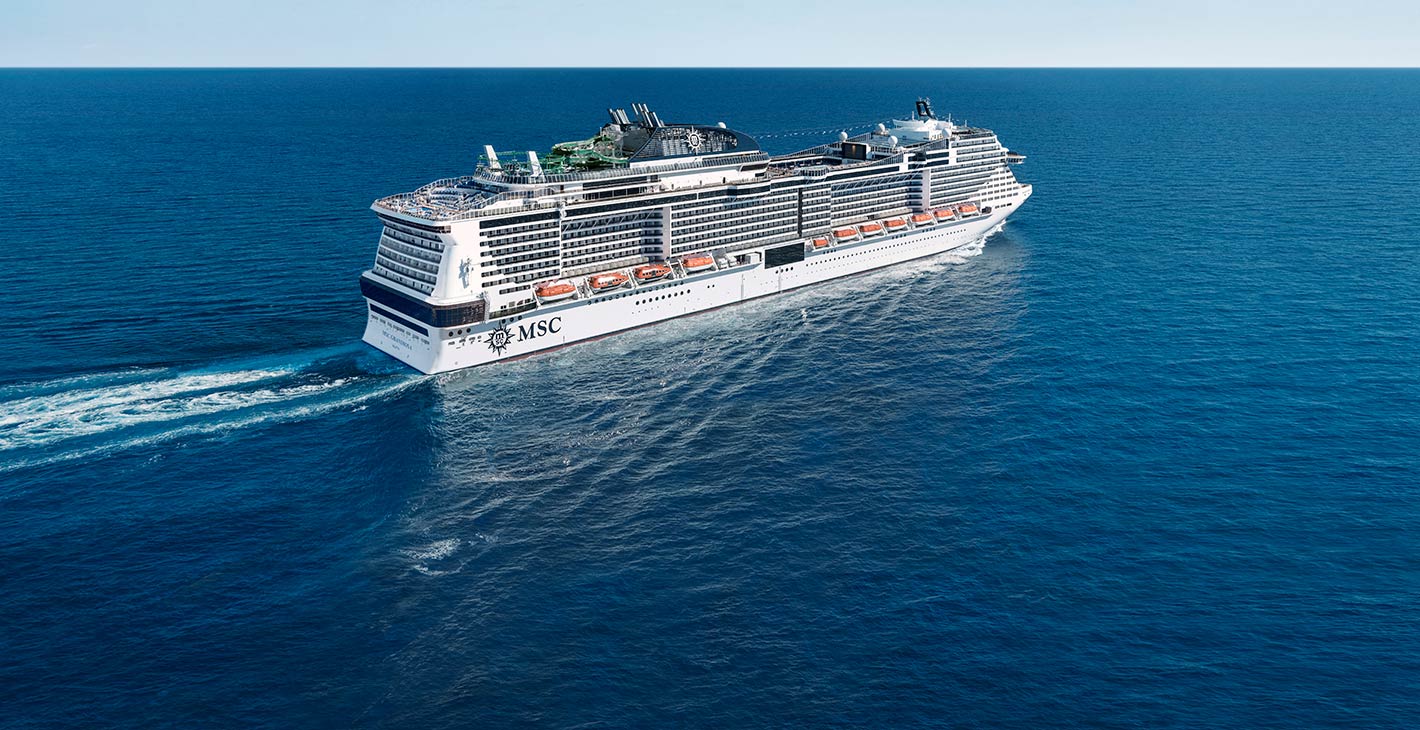Hanga Roa, Rapa nui

The Blue Waters at the Far End of South America
Big bay. This is the meaning in the Polynesian language of Hanga Roa, the only city, and capital of Easter Island. Chile is one of the stops on the 2020 World Cruise that will cross the world stopping off at the most important ports on the entire planet.
Inhabitants of the island ‒ there are about 3,300 ‒ live out a lifestyle of meditation and isolation in houses concentrated near Avenida Policarpo Toro, the lively main street, where you can find local craft shops, restaurants, clubs and hotels. Not far away, also in the historic center, you can also visit the Catholic church and museum that tells the story of the inhabitants from the fifth century A.D.
Fascinating Easter Island ‒ in Polynesian, Rapa Nui, or “Rock Island” ‒ was baptized with this name by Dutchman Jacob Roggeveen who discovered it on Easter Sunday in 1722. Today, the island is best-known for its famous statues, the huge and mysterious Moai, which look out over the horizon. There are hundreds of monoliths made of volcanic tuff from the Ranu Raraku crater to represent large faces with a hieratic expression. Located all over the island, they are said to have been built to act as guardians of the inhabitants ‒ in fact, their gaze turns inwards towards the island and not out to the ocean ‒ and as a symbol of prosperity. Some wear typical masculine headgear of the era, the pukao, a squat cylinder. The statues have considerable dimensions: the smallest ones are about 2.5 m tall, while the tallest ones can reach up to 10 m and weigh about 80 tons. The bodies of the statues are often buried and on the back of them can be found inscriptions in rongorongo, a writing system composed of glyphs used before the discovery of the island by the Westerners, and which even today has not been deciphered.
Like the Moai, the civilization that inhabited the island before the arrival of the Europeans is shrouded in mystery. It seems that the first settlements on this small portion of land in the Pacific Ocean, 3,500 km from the coasts of Chile of which it is part, were of Polynesian origin. Some researchers claim, though it has not yet been proven, that the inhabitants became extinct as a result of Western conquerors who were the carriers of lethal and unknown diseases to these far-off places.


